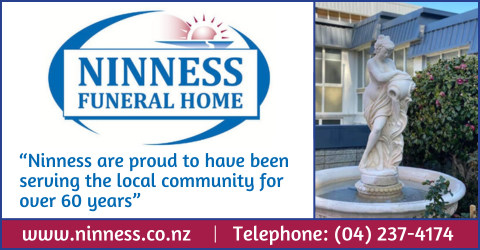
A new strategy released by Greater Wellington outlines a pathway to a low-carbon, resilient future and the urgent actions required to achieve it. The Wellington Regional Transport Emissions Reduction Pathway is a collaborative effort among the nine councils in the region, including Porirua City Council. It aims to transform the transport system and reshape urban design to meet long-term sustainability goals.
Greater Wellington Regional Councillor and Chair of the Regional Transport Committee Adrienne Staples highlights the significant impact of road transport on greenhouse gas emissions. “Road transport is responsible for 39 percent of our total national carbon dioxide emissions,” says Cr Staples. “To meet the national goal of net zero emissions by 2050, we urgently need to tackle transport emissions. We, as regional councils, are committed to this responsibility—to our community, the planet, and future generations. But everyone has a role to play, says Cr Staples.”
The Pathway sets two ambitious targets: reducing passenger vehicle kilometres per person by 25% by 2035 and cutting road transport-generated carbon emissions by 35% by 2030. A key focus of the strategy is increasing transport options through reliable public transport and active travel, aiming to decrease reliance on private vehicles. “By doing this right, we not only reduce emissions but also achieve cleaner air, less congested and safer roads, and lower costs by building more mixed-use, compact communities where public and active transport infrastructure already exists,” Staples explains.
A recent study by Greater Wellington found that higher-density development near city and town centres leads to lower per-dwelling infrastructure costs, particularly for transport. However, achieving more compact and sustainable urban forms will take time. The Pathway outlines immediate actions needed to create more choices and resilience in the transport system, reduce emissions, and decrease dependence on fossil fuels.
Wellington City Councillor Iona Pannett describes the Pathway as a “bold strategy based on rigorous modelling and sound evidence.” “The analysis for this Pathway indicates the need for bold and urgent action to safeguard a climate-resilient future,” says Cr Pannett. “Now, we need our community and partners to support the vision and hold us all accountable to achieve it.” Cr Staples adds, “The headwinds may be strong at the moment, but this underscores the need for a clear vision and pathway for action, and this strategy delivers on that.”
The Wellington Regional Transport Emissions Reduction Pathway represents a significant step towards a sustainable future, calling for collective effort and immediate action to meet ambitious emission reduction goals and build resilient, low-carbon communities.





































